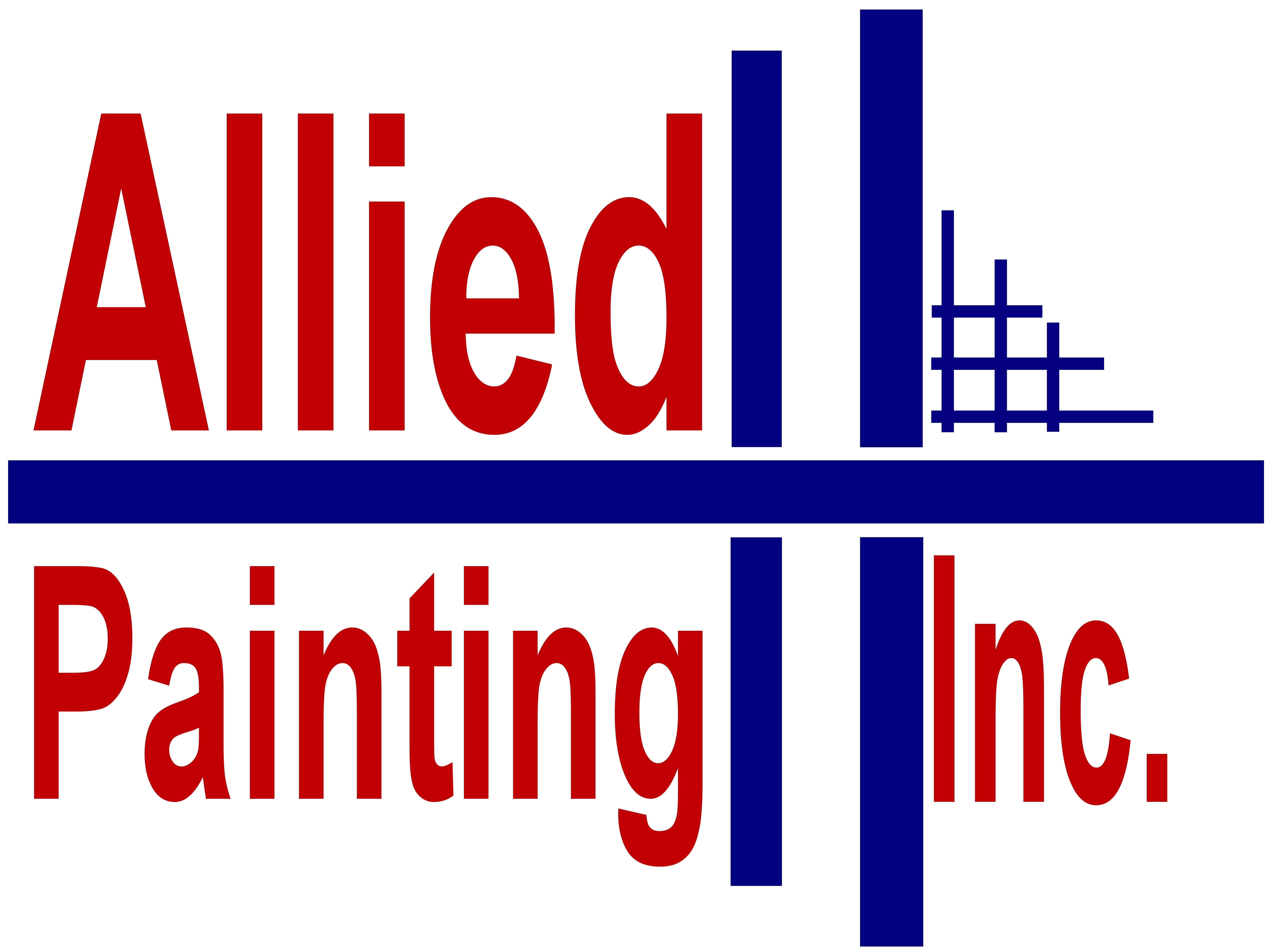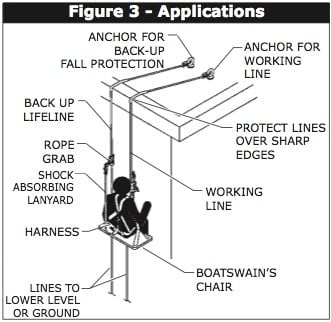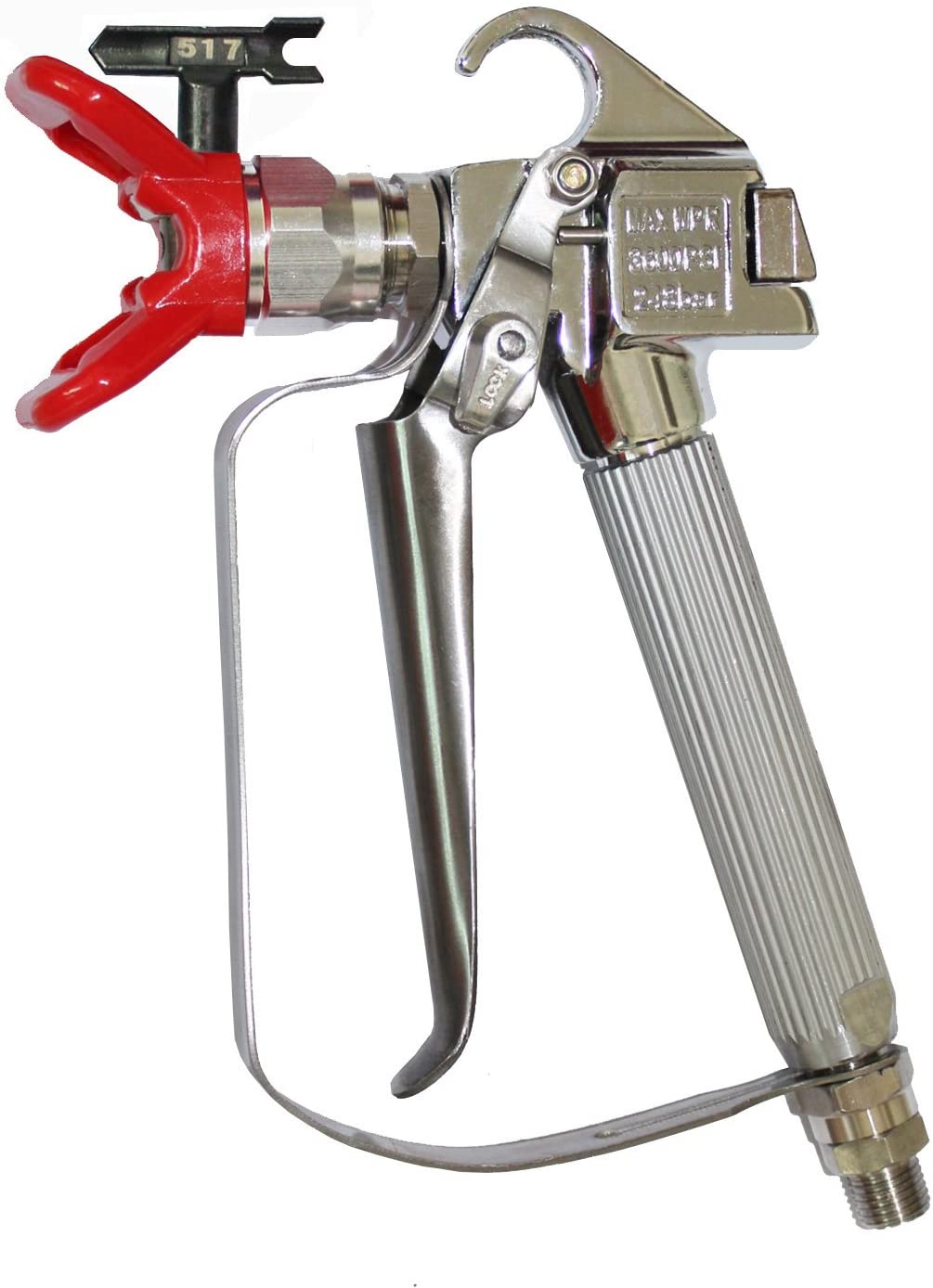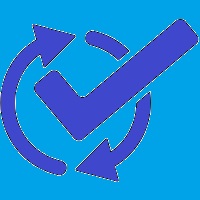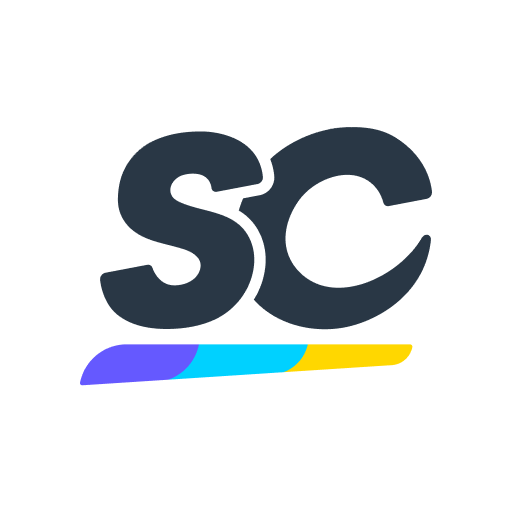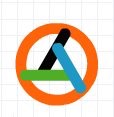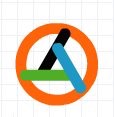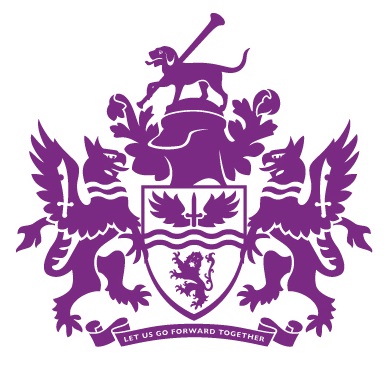Title Page
-
Type of report?
-
Contract Number:
-
Conducted on
-
Prepared by
-
Location
-
Project Foreman:
-
Weather Conditions (Select all that apply)
- Clear
- Sunny
- Cloudy
- Rain
- Overcast
- Windy
- Snow
- Other
- Cold
- Hot
- Warm
-
What other weather conditions exist?
-
Time Of Shift
Safety Meeting and Attendance Sign in
-
Attach Photo of Daily Attendance Sheet
-
Attach Photo of Daily Safety Meeting Sheet
-
Attach Photo of Employee Temperature Log
-
Please provide a detailed description of all work performed. (Including all tests, inspector interaction, equipment used, problems, unusual conditions, or safety issues)
-
Were there any visitors to the site today?
-
Please list all visitors: (Include time of arrival)
-
Were there any deliveries to the site today?
-
Please list all deliveries: (Include time of arrival)
-
Was QA inspector on site at all times today?
Soft Tissue Injury Prevention
-
Has daily stretching been performed by all employees prior to the start of any work?
-
Daily stretching is an employment requirement unless directed by a physician to not participate. If a crew member refuses to participate in the soft tissue injury prevention program, send them home and contact the EH&S Manager.
Project Signage
-
Are all required OSHA and Department of Labor posters as well as our OSHA 300 Log posted in a conspicuous place?
-
Please contact the office immediately for the job posters, this is a large fine for the company if we fail to have them posted!
-
Who did you contact in the office?
-
Is the emergency contact list and directions to the nearest emergency room posted on site in a conspicuous place?
-
These items must be posted at the start of the job and remain there until we are finished at the site.
-
Are ALL containers on site properly labeled identifying contents?
-
Are all areas where flammable materials are being stored properly identified?
Personal Protective Equipment
-
Are employees wearing hard hats, safety glasses, safety vests, and gloves at all times while working?
-
Why not?
Fall Protection
-
Is fall protection utilized by all employees working above six feet?
-
Is all fall protection equipment in use in good condition and inspected daily prior to use?
-
Are independent safety ropes and/or cables installed where required?
-
Are cable and/or rope grabs installed on safety lines?
-
Are all safety anchorages in use in accordance with OSHA 1910.140(c) (13)(ii) or capable of supporting 5000 LBS?
Respiratory Protection
-
Is respiratory protection utilized by all employees when required?
-
Are employees using respirators?
-
What type of respirators are in use?
- Half Mask Negative Pressure
- Full Face Negative Pressure
- N95 Dust Mask
- Type CE (Blast Hood)
- Other
-
Are all respirators utilized by employees in acceptable condition?
-
Are all employees utilizing respiratory protection clean shaven?
-
Are respirators cleaned and stored in a plastic bag at the end of each work day?
Electrical Safety
-
Are all power tools in use in acceptable condition with guards installed, cords free of damage, and strain relief intact?
-
Are all 120v power cords in use a minimum of 12 gauge wire and rated for hard use?
-
Are all 120v power cords free of cuts or tears in the insulation and have ground prong installed?
-
Are all 120v power cords plugged into a GFI (Ground Fault Interrupter)?
-
Is all necessary equipment properly grounded? (Example: Fuel tanks, Spray Pumps, Blast Units, Flammable Storage Drums, Etc.)
Abrasive Blasting Safety
-
Is abrasive blasting performed today?
-
Are whip checks installed on all hose connections?
-
Are all crewmembers equipped with the proper PPE? (PWC, Gloves, Blast Hood, Etc?
-
Supplied air system operating?
-
Are CO monitors in use?
-
Are the CO monitors in use inspected and calibrated?
-
Are the CO monitors periodically checked during use to ensure they are working correctly?
-
Air purification installed in supplied air and located between air supply and the CO monitor?
-
CO monitor must be in use at all times while crew is using supplied air respirators. Please contact Allied Painting's Health And Safety Department immediately if one is not in use!
First Aid & Fire Protection
-
Are first aid stations on site with signs posted to identify where they are located?
-
Are all first aid supplies on site within their expiration date?
-
Are eyewash stations on site with signs posted to identify where they are located?
-
Are all eyewash solutions within their expiration dates?
-
Are fire extinguishers located near all areas where flammable materials are stored and in use?
-
Are fire extinguishers located near all running equipment?
-
Are all fire extinguishers on site charged, certified, and with pin installed?
-
Are all fire extinguishers on site inspected at a minimum once a week and inspection tags initialed monthly?
Stairways & Ladders
-
Are stairways and ladders in use whenever there is a change of elevation of 19 inches or more?
-
Are all stairways and ladders in good working condition?
-
Are portable ladders being utilized in accordance with original manufacturers recommendations?
-
Are portable ladders in use properly secured and at least three feet above the working surface?
-
Are safety ropes installed on fixed ladders?
-
Rope grabs installed on safety ropes?
Maintenance & Protection of Traffic
-
Is a lane closure being utilized?
-
Please describe traffic activity, (Include street name, direction of traffic, number of lanes closed, etc.)
-
Are employees dropped off at the work location safely?
-
Are all employees inside the lane closure at all times?
-
Are all employees in and around lane closure equipped with the required traffic in accordance with the MUTCD, OSHA, FHWA, and all other regulations. (Including Contract Specifications)?
-
MPT Items paid per unit?
-
Please select types of MPT equipment in use:
- Attenuator Truck
- Pickup Truck
- Message Board
- Traffic Signs
- Traffic Drums
- Traffic Cones
- Other
-
Please list other type and quantities of MPT equipment:
-
Is a flagger being utilized?
-
Please list the names of the employees that are directing traffic.
Confined Space
-
Are employees working within a confined space at any point during the work shift?
-
Is the area a Permit-Required confined space?
-
Test atmospheric conditions inside the space before entry and monitor the space during entry. <br> Oxygen—Test for oxygen first in order to be sure you get an accurate LEL reading. Most combustible gas meters are oxygen dependent and will not provide reliable readings in an oxygen-deficient atmosphere. Oxygen levels should be between 19.5 and 23.5%.<br>LEL—Test flammable gas and vapor levels due to the threat of fire or explosion, which can be immediate and life threatening.<br>Toxic air contaminants—Test for impurities such as carbon monoxide (CO), hydrogen sulfide (H2S) and chlorine (Cl2). <br> A permit must be filled out each day and proper signage posted at the entrance of any Permit-Required confined space. An entry attendant must be present at all times while employees are working inside the space.
-
Please list the manufacturer and model of testing and/or monitoring equipment.
-
Serial number:
-
Has a "Bump Test" been performed prior to use, verifying the monitor is operating correctly?
-
Results of test:
- Unit is operating correctly
- Unit is not operating correctly
-
If the unit is malfunctioning in any way, you must cancel the Confined Space Permit and must not allow anyone to enter the space until it has been tested! Please contact the office immediately!
-
Who did you inform that the unit is not operating correctly?
-
First and Last name of entry attendant:
-
Please take a photo of each page of the completed permit at the end of shift.
Scaffold Safety
-
Is scaffolding in use?
-
What type of scaffolding is in use?
- Supported Scaffolding (Pipe Scaffold)
- Catenary (Pick Board & Cable)
- Single Point Adjustable (Spider Basket)
- Single Point Adjustable (Boatswains Chair)
- Two Point Adjustable (Swing Stage)
- Engineered Suspension (Safe-Span)
- Other
- New England Boom
-
Are all catenary scaffolds securely fastened to cables, ensuring accidental displacement does not occur?
-
All catenary scaffolds in use, planking free of any visual damage?
-
All scaffolds in use, side rails free of any visual damage?
-
All scaffolds in use, rungs free of visual damage?
-
Safety lines are independently tied back to an adequate anchor point, and padded to protect from abrasion?
-
Are rope and/or cable grabs installed on safety lines?
-
Are the scaffolds being used tagged for use?
-
Scaffolding being used must have a green tag on it identifying it is safe for use. If you do not have tags please contact Allied Painting's Health And Safety Department.
-
Are the scaffolding and cables in use in acceptable condition and free of damage?
-
Lifelines are independently tied back to an adequate anchor point, and padded to protect from abrasion?
-
All accessories (platform connections, wall rollers, toe boards, guard rails) of the scaffold have been installed and tightened with the proper hardware. Cotter/Hitch Pins Installed ?
-
Are rope and/or cable grabs installed on safety lines and in acceptable condition?
-
Was the boatswains chair in use bought as new or built by a qualified person?
-
(1)(A) Boatswain's Chair. The chair shall be suspended from its four corners by means of rope slings. It shall have a seat not less than 24 inches long by 10 inches wide and, if of soft wood, 2 inches thick (1 1/8 inches if of oak or ash). It shall be reinforced across the full width by cleats securely fastened to each end. A rope or strap guard across the front and rear approximately 18 inches above the seat shall be provided. The seat may be constructed of material other than wood, provided the material is equivalent in strength to 2 inches of soft wood or 1 1/8 inches of oak or ash. If constructed of material of equivalent strength, cleats across the full width of the seat shall be provided unless structural analysis indicated they are not necessary. Other design and construction may be substituted if it can be shown to provide equal safety and strength.
-
Lifelines are independently tied back to an adequate anchor point, and padded to protect from abrasion?
-
Are all components of scaffolding and cables in acceptable condition?
-
Please explain what is wrong and what the corrective action is.
-
Are OSHA compliant handrails installed to prevent accidental falls of personnel and/or tools and equipment?
-
Are independent safety ropes and/or cables installed?
-
Are all swing stages equipped with OSHA compliant handrails?
-
Are rope and/or cable grabs installed on safety lines?
-
Lifelines are independently tied back to an adequate anchor point, and padded to protect from abrasion?
-
All accessories (platform connections, wall rollers, toe boards, guard rails) of the scaffold have been installed and tightened with the proper hardware. Cotter/Hitch Pins Installed ?
-
Hoist/stirrup and platform connections properly secured with Grade 5 bolts, thread-locking nuts or cotter pins used?
-
Was the suspended platform installed in accordance with an engineered drawing or plan? (if Yes, complete the following checklist daily.)
-
Check all decking for loose sheets and use self tapping screws to secure overlaps.
-
Check all decking for missing or loose clips.
-
Check all post bracket hardware for tension.
-
Check all main cable clips and ensure they are tight.
-
Check all shackle plates for loose hardware.
-
Check all shackle plates and ensure they have a lock nut installed.
-
Check all the tie up connections to existing steel and cable / decking and ensure they are secure.
-
Check all rigid tie up assembly connections and ensure all nuts and jamb nuts are installed.
-
Check all rigid tie up connections to existing steel and cable / decking, ensuring the attachments are secure.
-
Check all upper intermediate tie up beam flange clamp hangers for secure attachment.
-
Check all perimeter railing posts for stability.
-
Check all perimeter 1/4" cable for tension. (Top rail shall not deflect below 39" above deck)
-
Check all perimeter 1/4" cable for cable clamps.
-
Check all railing posts for caps
-
Check decking for unused parts, tools, or debris.
-
Please list any remarks, including any concerns.
-
Scaffold Tag Installed & Signed Daily On Supported Scaffold?
-
This must be completed each day!
-
Scaffold erected in accordance with approved drawings?
-
Supported scaffold installed level and plumb?
-
Mud sills installed under each screw jack?
-
Mud sills nailed down with at least two nails?
-
If more than one mud sill plank under each screw jack, are they secured together using screws or duplex nails?
-
Two pins installed on each frame?
-
All cross bracing installed at each complete level?
Mobile Elevated Work Platforms (MEWP'S)
-
Are MEWP's in use?
-
Are all MEWP's on site in good condition, free of damage, and used in accordance with the Operators Manual?
-
Are are all employees who operate the MEWP's properly trained, certified, and have their credentials on site?
-
Are all operators and passengers of MEWP's in use wearing proper fall protection and utilizing the correct safety anchorage in basket?
-
Please ensure all persons are using the proper anchorage located in basket and not tying off to the basket handrails or an adjacent structure.
-
Are employees being supervised during the use of MEWP's to ensure safe operation?
Lead Safety & Compliance
-
Is lead being disturbed in any way today?
Work Activity
-
Select work being performed
- Abrasive Blasting
- Vacuuming
- Emptying Dust Collector
- Emptying Blast Unit
- Blow Down
- Containment Building
- Tarp handling
- Power Tooling
- Pressure Washing
-
Is water used for washing being collected?
Containment And Ventilation System
-
What containment Guide is being used?
-
What containment guide is used?
-
Attached is Guide 6 for reference
-
What containment class is being used?
- 1A
- 2A
- 3A
- 4A
- N/A
- Other
-
What type of entryway is being used?
-
Is dust collection/ventilation running continuously?
-
List the CFM of dust collector being used.
- 20000 CFM
- 30000 CFM
- 40000 CFM
- 50000 CFM
- 60000 CFM
- 80000 CFM
-
Is negative pressure verified?
-
How was it verified?
-
What was the reading?
-
What was the reading on the gauge?
-
Sensible air duct layout? (Shortest distance possible from dust collector to containment, with minimal turns and elevation of ducting)
-
Interior of containment visually clean of settled dust?
-
Make-up air inlets operational?
-
Are all tarps and seals used for containment intact?
Containment Air Flow Measurement
-
Below please record containment air flow data.
-
Instrument used?
-
Model Number:
-
Foot per minute?
Emissions Log
-
Unacceptable emissions shall be cause for immediate project shutdown until corrections to the containment are made. Visible emissions shall be determined in accordance with 40 CFR 60, Method 22, and shall not exceed 1% of the work day.
-
Provide all data required, including: Observation locations, start times and length of observations, any emissions observed, and Wind speed and direction at the time of observation.
Regulated Area
-
Is the area clearly identified?
-
Signs posted?
-
Has personal air monitoring been completed on this project?
Personal Protective Equipment
-
Assigned work clothes/coveralls worn?
-
What type of respirators are being used?
-
Are the respirators in use cleaned daily, in good condition, and stored properly?
-
Are all employees using respirators clean shaven?
-
Employees who use a respirator must be clean shaven at all times, with no more than one day facial growth. Please list names of any employees who fail to maintain this requirement, explain to the employees that they must shave before continuing any work that requires a respirator. This is considered a verbal warning. Please document the verbal warning on the remarks section of the Daily Safety Report.
Hygiene Practices
-
Food and beverages in lunch area only?
-
All personal clothing being stored separate from work clothes?
-
Gross decontamination completed prior to leaving regulated area?
-
Washing completed prior to eating or drinking?
-
Final decontamination, including shower prior to leaving project site?
-
Lunch area, sanitary facilities, & decontamination units clean and with D-lead soap and water available?
Housekeeping Procedures
-
Debris, unused equipment, and tools removed from containment?
-
Hazardous waste disposed of in proper containers and separate from regular trash?
-
Visible dust accumulation cleaned from regulated area using certified HEPA vacuum?
-
End of shift cleanup adequate?
Coating Application
-
Surface Preparation and Coatings Application
-
Is surface preparation and/or coating application being performed?
- Yes
- No
- Yes, However I am not QC for this project
-
Are DFT readings being taken today?
-
Please select manufacturer and model of gauge used to record readings.
-
What gauge is being used?
-
Was field accuracy verification completed in accordance with SSPC-PA2 prior to retrieving readings?
-
What size shim was used to verify?
-
What was the reading taken on shim?
-
Did the gauge require adjustment?
-
After adjustment, did the gauge read accurately?
-
Please list serial number of gauge.
-
Please list serial number of probe.
Post DFT gauge verification
-
What size shim was used to verify?
-
Did the gauge read accurately?
-
Attached is SSPC-PA2 for reference.
1. DESCRIPTION OF AREAS & WORK PERFORMED
-
Provide a detailed description of areas where work is being performed. (List span numbers, girder numbers, structure numbers, interior/exterior, Etc.)
2. HOLD POINT INSPECTIONS PERFORMED
-
1. Pre-surface preparation/Conditioning & Cleanliness
-
2. Surface preparation monitoring
-
3. Post surface preparation/Cleanliness & Profile
-
4. Pre-application preparations/Surfaces cleanliness
-
5. Application Monitoring/Wet film thickness (WFT)
-
6. Post application/Application defects
-
7. Post cure/Dry Film Thickness (DFT)
-
8. Non-conformance/Corrective Actions Follow-up
-
9. Final Inspection Approved by: (List QA Inspectors Name)
3. AMBIENT CONDITIONS
-
Ambient Condition
-
Time
-
Dry Bulb Temp °F
-
Wet Bulb Temp °F
-
Relativity Humidity %
-
Surface Temp °F
-
Dew Point Temp °F
-
Are all atmospheric conditions listed acceptable and in accordance with project specification?
-
Atmospheric conditions must be in accordance with project specification.
-
What corrective actions were taken to correct the unacceptable conditions?
4. SURFACE PREPARATION
-
Is surface preparation being performed today?
-
Level of surface preparation required in project specification?
- Pressure Wash
- Solvent Cleaning (SSPC-SP1)
- Hand Tool Cleaning (SSPC-SP2)
- Power Tool Cleaning (SSPC-SP3)
- Abrasive Blast Cleaning
- Power Tool Cleaning To Bare Metal (SSPC-SP11)
- Other
-
Is dust collection used at all times during abrasive blasting?
-
What level of abrasive blast is required in specification?
- SSPC-SP5 (White Metal Blast)
- SSPC-SP10 (Near White Metal Blast)
- SSPC-SP6 (Commercial Blast Cleaning)
- SSPC-SP14 (Industrial Blast Cleaning)
- SSPC-SP7 (Brush Off Blast)
-
What is the anchor profile specified?
-
How was the anchor profile measured?
- Testex Coarse Replica Tape (0.8 - 1.5 Mils)
- Testex X-Coarse Replica Tape (2.5 - 4.5 Mils)
- Testex X-Coarse Plus Replica Tape (Greater than 4.5 Mils)
- Electronic Surface Profile Guage
-
Please list Manufacturer and Model:
-
Serial Number:
-
What time did they begin surface preparation?
-
What time did they finish surface preparation?
-
Has a blotter test in accordance with ASTM D 4285 been completed on the compressed air supply to ensure no water or oil contamination is present?
-
This must be completed daily prior to the start of abrasive blasting.
-
Results of blotter test?
-
You must notify foreman, as well as Allied Painting's Quality Control Department immediately about your findings.
-
Has an abrasive cleanliness test in accordance with SSPC AB-2 (Vial Test) to ensure no oil or dirt contamination is present?
-
Results of test?
- Abrasive is acceptably clean with no visible contaminates present
- Oil detected in abrasive
- Abrasive is unclean and must be replaced
- Other
-
What are the results of the test?
-
Start Time Power Tool Cleaning:
-
Finish Time Power Tool Cleaning:
-
Is the pressure washing being performed in accordance with project specification?
-
Please list any required water additives and their batch numbers. (Example: Chlor-rid.)
-
Is the level of surface preparation achieved acceptable and in accordance with project specification?
-
What corrections were made to achieve an acceptable surface cleanliness?
5. SURFACE CLEANLINESS
-
Are the areas being coated visually free of dust, debris, or other surface contaminates prior to application?
-
How was this achieved?
- Compressed Air
- Vacuum
- Brooms , Rags
-
The surface must be free of dust and debris to ensure proper adhesion of coating. Applying coating over a dirty substrate will dramatically decrease the service life of the coating system.
-
What corrective actions were used to achieve an acceptable surface cleanliness?
-
Soluble salt testing performed?
-
List location, results, type of tests, and quantity of tests performed
ILLUMINATION OF WORK AREA
-
Is the work area adequately lighted and in accordance with SSPC Guide 12?
-
Please list the reading of the luxometer in foot candles.
7. COATING APPLICATION AND WET FILM THICKNESS
-
Are coatings being applied?
-
Start of application:
-
Finished application:
-
Coat applied: If touch up is being performed please select "Touch Up" as well as the coat being applied.
- Prime Coat
- Stripe Coat
- Intermediate Coat
- Finish Coat
- Touch-up
-
What is the acceptable range of Dry Film Thickness listed in project specification?
-
How was the coating applied
- Brush
- Roller
- Airless Spray
- Plural Component Pump
- Other
-
Quantity of coating applied
-
What is the target Wet Film Thickness listed in project specification?
-
Wet Film Thickness readings:
-
Mix Method
-
How was it mixed?
8. MATERIAL/BATCH #
-
Manufacturer
-
Generic Coating Type
-
Product Name
-
Batch # Part A:
-
Part A Expiration Date:
-
Batch # Part B:
-
Part B Expiration Date:
-
Are there Additional Component Batch Numbers (Example: Zinc Powder, Part F, Etc.)?
-
Component name:
-
Batch Number:
-
Color Name/Code
-
Reducer Added?
-
Reducer Name
-
Reducer Batch Numbers
-
Quantity Added (Oz per Gallon or percentage)
-
Sweat in time required for material?
-
How long?
-
Pot Life
-
Material Temp °F
Material Storage
-
Are coatings being stored on site?
-
Are the temperatures where material is being stored acceptable in accordance with project specification?
-
Please detail why the temperatures are not acceptable and explain the corrective action taken to maintain acceptable conditions.
10. INSPECTION INSTRUMENTS
-
List all instruments used for QC inspection.
- Type 2 Electronic DFT Gauge
- Electronic Sling Psychrometer
- Inspection Mirror
- Testex Tape & Spring Micrometer
- Rotating Vane Anemometer
- Sling Psychrometer
- Infrared Thermometer
- Surface Thermometer
- Needle Pressure Gauge
- Luxometer
- Low Voltage Holiday Detector
- High Voltage Holiday Detector
- Electronic Surface Profile Gauge
- Wet Film Thickness Gauge
- Chalk/Marker
- Gas Monitor
-
Serial number:
-
Serial Number:
-
Serial Number:
-
Serial Number:
-
Serial Number:
-
Serial Number:
-
Serial Number:
-
Serial Number:
-
Are airless spray pumps in use today?
-
Are spray tip and trigger guards installed on spray guns?
-
Spray guns must have both guards in place whenever they are in use to protect from unintentional discharge and/or injection of material into skin.
Housekeeping & General Site Conditions
-
Are personal vehicles parked away from the work area?
-
Is the work area adequately lighted?
-
Is the site left in a clean and organized condition at the end of the day?
-
Why not?
Hot Work
-
Is welding, cutting, or grinding being performed?
-
Hot work permit must be completed!
-
Fire extinguishers present in work area at all times?
-
Warning signs posted?
-
Take photo of completed hot work permit
Waste Management
-
Is there any non hazardous waste stored on site?
-
What type of storage containers are currently in use on site?
- Roll-off open top containers
- 55 Gallon Drums
- Residential Type Waste Containers
- Other
-
What size container is on site?
- 2 Cubic Yards
- 10 Cubic Yards
- 20 Cubic Yards
- 30 Cubic Yards
- 40 Cubic Yards
- Other
-
What type of container is being used to store non-hazardous waste?
-
Are there any other containers on site used to store Non-Hazardous waste?
-
Please list what other containers are in use.
-
Is there Hazardous Waste currently stored on site?
-
Are waste containers being stored in accordance with 40 CFR 262?
-
Are all storage areas secure, and properly identified using signs, caution tape, etc.?
-
What type of containers are being used for hazardous waste storage?
- Open Top Roll-off Container
- Sealed Roll-off Container (Vacuum Box)
- 55 Gallon DOT Approved Drums
-
Are all drums used for storage sealed and free of corrosion?
-
Are drums containing hazardous material being stored on pallets with ground cover underneath?
-
Are all drums equipped with bolted ring style lids?
-
Are all containers in use properly labeled, including EPA ID # and generator information?
-
Is all hazardous waste stored on site less than 90 days old?
-
What is the date of accumulation on the oldest container?
-
Provide photo of hazardous waste storage area
Documented Verbal Warnings
-
Were any safety non compliance verbal warnings issued today?
-
Please list the first and last name of those who were issued a warning and describe what happened.
Signatures and Certification
-
Please provide any additional remarks.
-
By signing this report, I certify that this report is complete, correct, and that I am an authorized safety representative of Allied Painting Inc.
-
For QC Manager Review Only
-
Date Reviewed
-
QC Manager Signature
